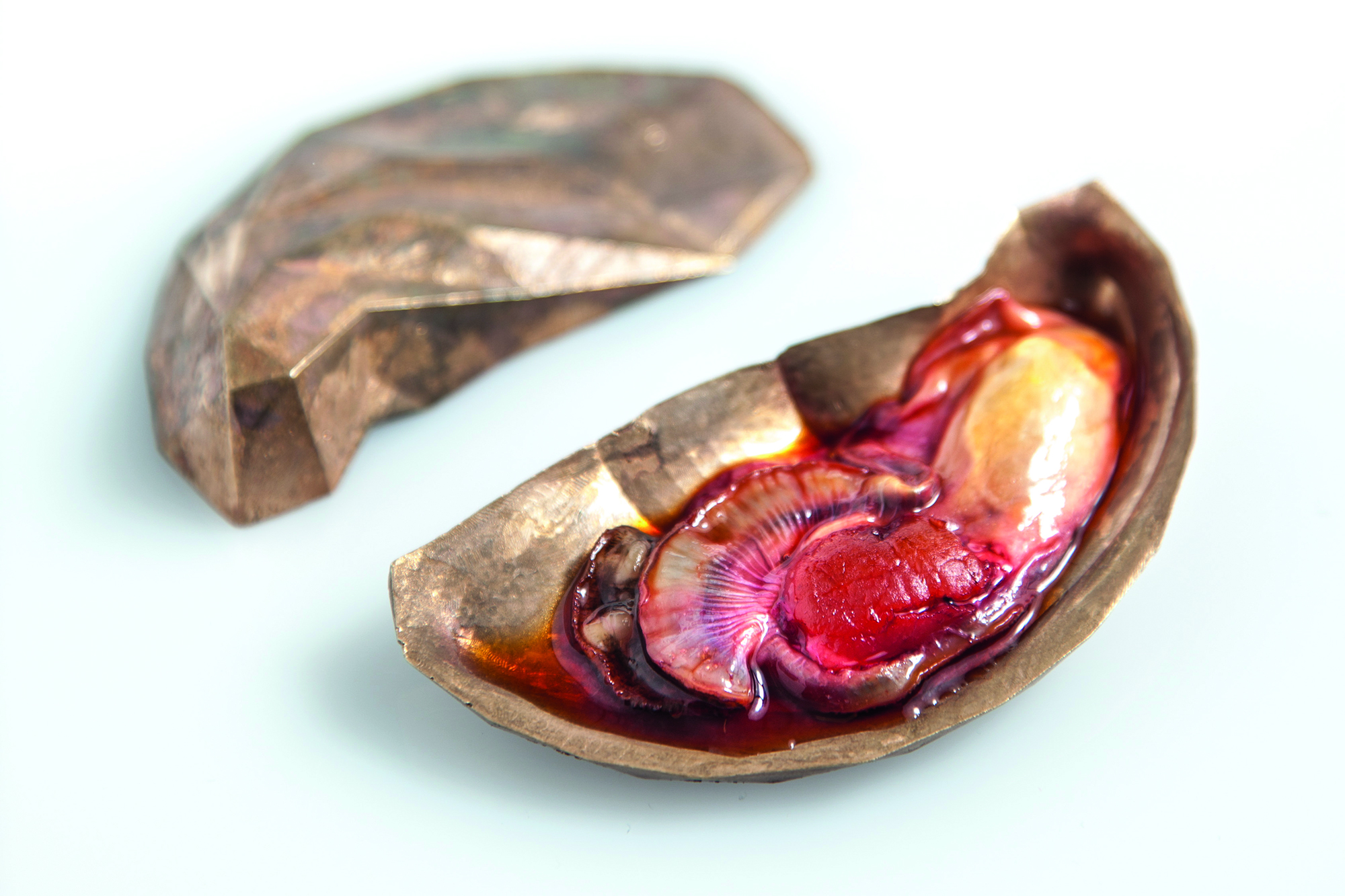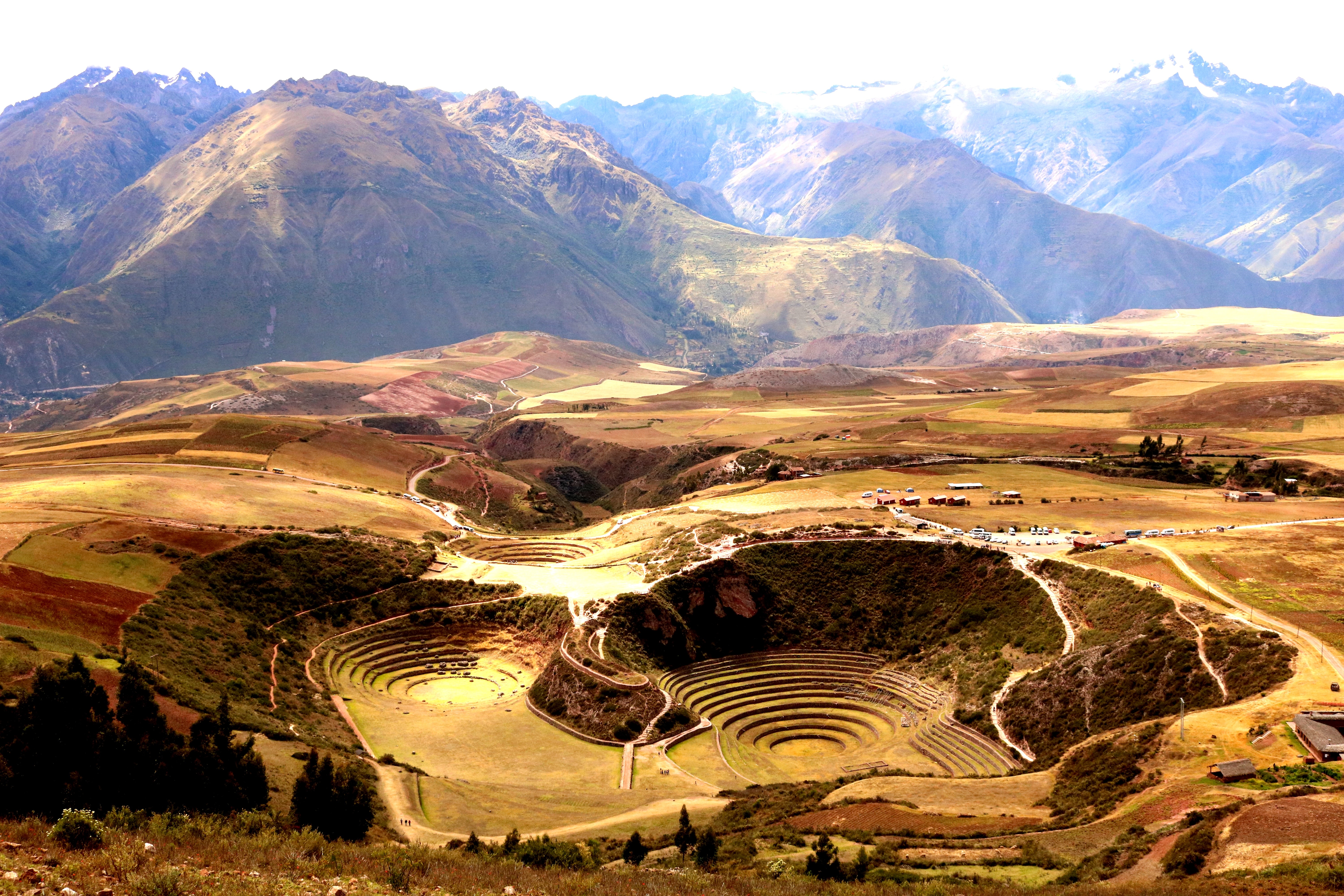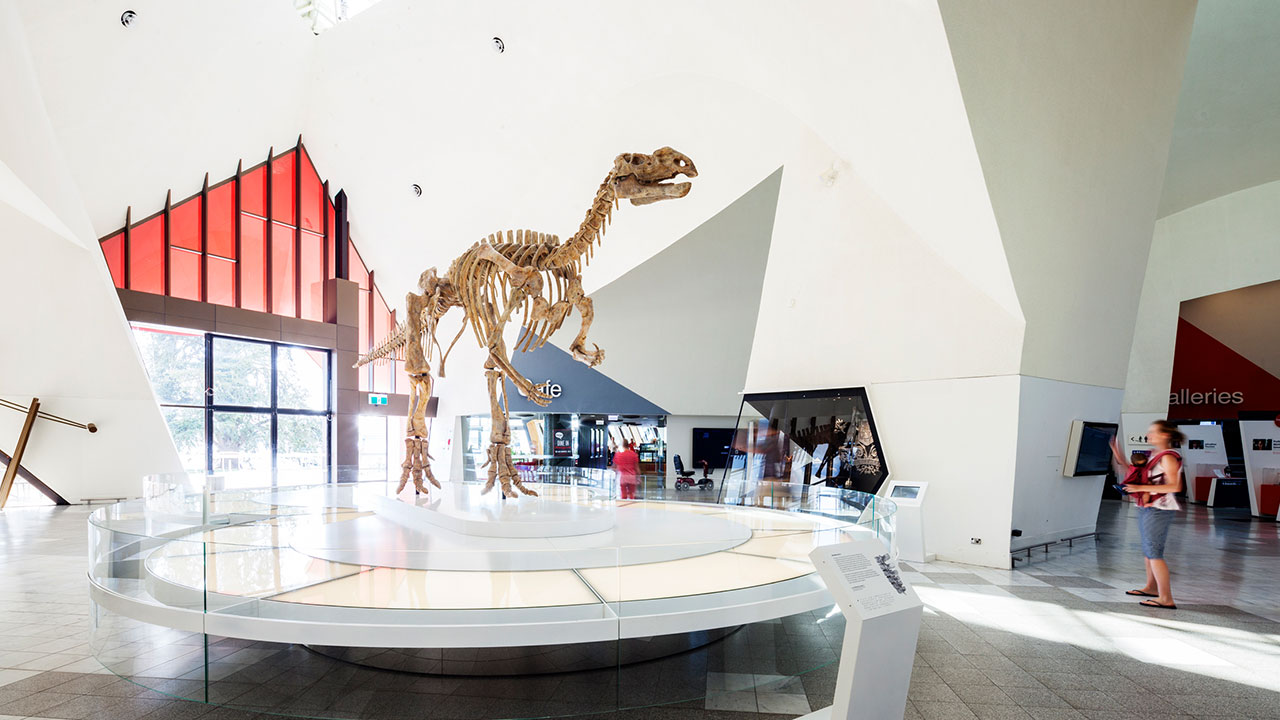VISION FOR THE ANTHROPOCENE | Recipes for planetary survival

Thriving in the Anthropocene begins in the kitchen. Pairing social engagement with speculative design, contemporary artists offer creative approaches to feeding our future world.
Food systems and industrial agriculture have altered ecosystems, climates, and the planet. We are hungry for both food itself and changes to current modes of production. This hunger has inspired creative and scientific proposals for how to live in an era of mass extinction and climate crisis. Asking how the Anthropocene tastes, Jessica Barnes proposes that this new geological epoch tastes like gluten, with rising gluten intolerance signaling devastating changes to our ancient companion relationship with common wheat. Donna Haraway’s “Plantationocene” highlights how the plantation system relocated plants, people and animals for extractive food production, suggesting that the Anthropocene began not with nuclear tests but centuries earlier with colonial expansion. A 2018 symposium at Macquarie University, “Eating the Anthropocene,” explored how food systems both create and are vulnerable to anthropogenic climate change. What we cook and how we eat requires innovation, imagination, and a willingness to experiment with our ingredients and methods. Artists and designers offer the culinary avant-garde we need right now.
The following projects are examples of what I call “recipe art.” The recipe format has a special place in art history, informing everything from FLUXUS scores and social practice projects to conceptual and practical cookbooks written by artists. Anthropocene cuisine already appears in artistic recipe archives: Zane Cerpina and Stahl Stenslie’s work in progress, Anthropocene Cookbook: Eating for our future survival, gathers topics ranging from “Crisis Meals” to “Invasivore Diets.” The book joins Kirsha Kaechele’s sumptuous feast and cookbook, Eat the Problem (2018), to embrace strategies such as eating invasive species to repair ecosystems.
Food starts with soil, and so does the Anthropocene, with soil absorbing and archiving the effects of human activity. Laura Parker’s Taste of Place (2008) presents elegant recipes pairing foods with the specific soils that grow them. Even though terroir can help us understand everything from vegetables, fruits, and even cheese, wine dominates most people’s associations with this word, which refers to all the environmental factors that influence or produce flavour. In Taste of Place, participants are invited to sensorially engage wine glasses filled with soil and then taste foods grown in the same soil. The wine glasses suggest the actions undertaken in a wine tasting: swirling, smelling, looking, and tasting. Even as Parker reassures participants they will not be expected to eat dirt, Taste of Place conveys that we eat dirt all the time, having smelled, observed, and tasted connections between soil and crops.
The Center for Genomic Gastronomy’s De-Extinction Deli (2013) sets up shop as a market stand offering “yesterday’s meat tomorrow.” The woolly mammoth, the auroch, and the passenger pigeon have all captured the interest of “resurrection biology.” De-Extinction Deli asks what de-extinction means for the future of food, offering placemats, a woolly mammoth cut chart, and audience engagement through polls, future food orders, and postcards addressed to de-extinction research projects. The De-Extinction Dinner (2018) served a meal composed of ingredients with unusual provenance, including Scotch made from radiation-bred Miln Golden Promise Barley and dishes designed to excavate the past, such as a bog butter bread course and “Passenger Pigeon Proxy.” The deli and the dinner ask timely questions about how we relate to the loss of species and habitat. With hunting at the heart of many extinctions, the dinner reminds eaters that their ingestions contribute to the unprecedented extinction events underway as the Anthropocene unfolds.
The Anthropocene demands new appliances and technologies in the kitchen. The Next Nature Network’s In Vitro Meat Cookbook (2014) returns outsourced extractive agricultural activities back to the domestic home. A backyard pet pig becomes a “living reservoir” of cells to seed a bench top bioreactor, permitting in vitro meat to be prepared at home. “Dodo Nuggets” reanimate extinction’s poster bird, paired with a honey mustard dipping sauce. With each page combining a recipe with a design brief, the cookbook reimagines oysters, bacon, and even sweetbread and fruit through the speculative discourse of in vitro meat research.
A kitchen bench bioreactor, tasting soil from a wine glass, and woolly mammoth steak may seem far-fetched or fanciful, but remember that we take for granted textures and flavours that were once strange and new. Everyday products such as bubble gum and soft serve ice cream were invented only in the last century. Medical foods such as Omega-3 enhanced margarines and famine-fighting therapeutic foods such as Plumpy’nut have been designed to address specific health concerns. Technologies once reserved for elite restaurants, such as sous vide cooking, are increasingly finding their way into home kitchens. Our food and cooking methods are in constant motion. As hungry humans entering a new era of planetary instability and mass extinction events, we must take creative, unexpected, and delicious approaches to feeding the future.
Lindsay Kelley
Lindsay Kelly is an artist and Senior Lecturer and ARC DECRA Fellow in the School of Art and Design, UNSW Sydney. She is the author of Bioart Kitchen: Art, Feminism and Technoscience.
Image credit: Oysters from The In Vitro Meat Cookbook by Koert van Mensvoort and Hendrik-Jan Grievink.



